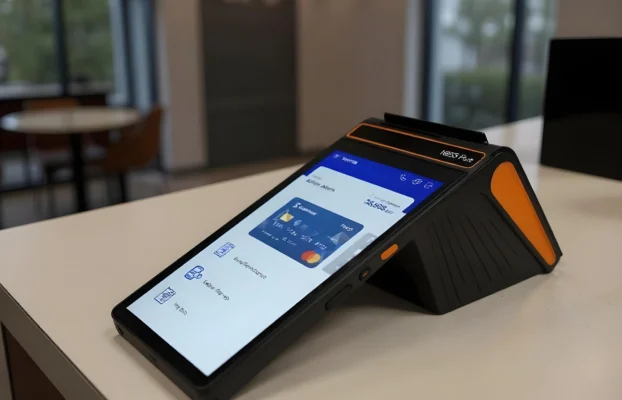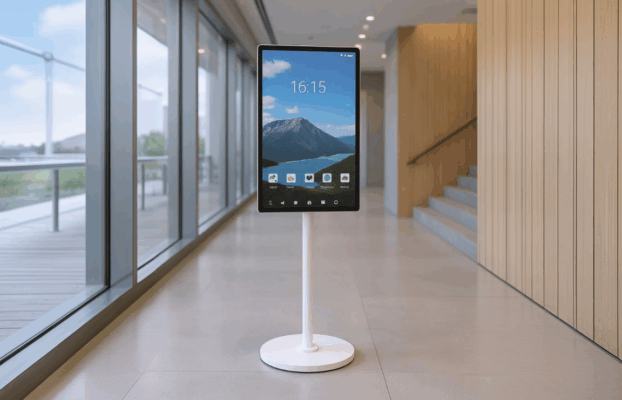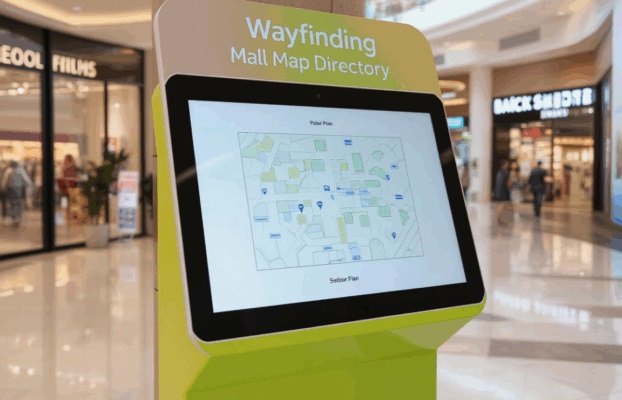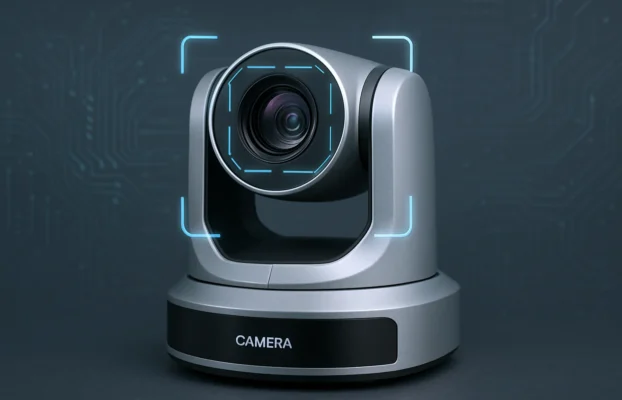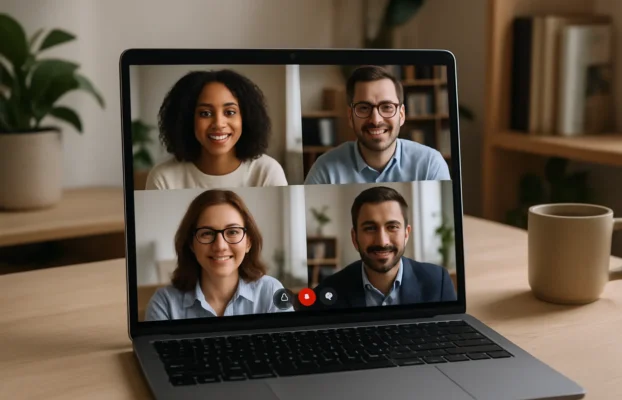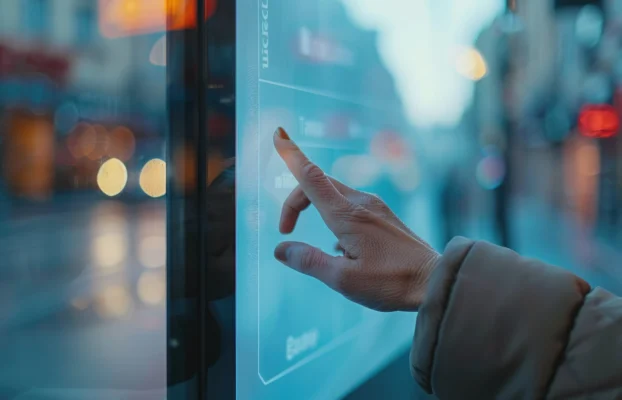 Digital signage display not simply a one way and meaningless information. What you shows, represent your organization. So, while many digital signage software can create different type of layout and support various content type, it’s important process when designing content for digital signage. You want to make sure you engage your audience so they understand your message and take the appropriate action.
Successful communication isn’t achieved by simply delivering information to the TV. It takes careful planning when designing the layout, message and effort on the user’s point of view as well as the organization
Communicator
Establish a relationship with your audience by consistently delivering on-target, relevant messages that entertain and inform. Communicate your knowledge of your audience’s preferences and interests to gain buy in. (Notice we use Communicator 1 and Communicator 2, instead of Sender and Recipient. Remember that communication is sharing, not pushing information.
Message
Include the basic information that you need to convey in its simplest form. Add only those elements that you’ve determined will help the viewer clearly understand your message or entice participation. Written tone and visual elements can greatly influence the perception of your communications. Emotional and motivational triggers set a specific context for understanding and audiences notice what is missing as much as what is included, so be sure to be careful and thorough. Keep it short. Keep it simple. Keep it clean (no errors).
Method
What is the best way to convey the information? There are many methods available: face-to-face, telephone, email, Web, printed notices, posters, billboards, digital signage, text messaging, desktop messaging and more. Every method has its advantages and disadvantages. Consider the size of the message, the content, the necessary level of interaction and the environment when determining which method to use.
Environment
When and where will the audience receive the message? What other communications or outside influences will you be competing with? How can you ensure that your message stands out? The timing of your message, the delivery point and clutter from other communications should all be addressed in your strategy. Also consider the audience’s cultural and personal contexts when crafting your message.
Communicator 2
Your audience receives your communication. Your goal is for them to notice the message, give it attention, understand the meaning clearly and take whatever action you’ve requested. The second communicator always adds his or her own perceptions and mood to the process. Try to anticipate and work with or around these possible barriers to success.
Follow up
Solicit and analyze feedback. Measure understanding by looking at your audience’s actions: Did they perform the requested action? If not, was it due to poor response or poor understanding? Without follow up to measure the success of your communications, the process becomes the boring “push” method that benefits neither you nor your audience.
Digital signage display not simply a one way and meaningless information. What you shows, represent your organization. So, while many digital signage software can create different type of layout and support various content type, it’s important process when designing content for digital signage. You want to make sure you engage your audience so they understand your message and take the appropriate action.
Successful communication isn’t achieved by simply delivering information to the TV. It takes careful planning when designing the layout, message and effort on the user’s point of view as well as the organization
Communicator
Establish a relationship with your audience by consistently delivering on-target, relevant messages that entertain and inform. Communicate your knowledge of your audience’s preferences and interests to gain buy in. (Notice we use Communicator 1 and Communicator 2, instead of Sender and Recipient. Remember that communication is sharing, not pushing information.
Message
Include the basic information that you need to convey in its simplest form. Add only those elements that you’ve determined will help the viewer clearly understand your message or entice participation. Written tone and visual elements can greatly influence the perception of your communications. Emotional and motivational triggers set a specific context for understanding and audiences notice what is missing as much as what is included, so be sure to be careful and thorough. Keep it short. Keep it simple. Keep it clean (no errors).
Method
What is the best way to convey the information? There are many methods available: face-to-face, telephone, email, Web, printed notices, posters, billboards, digital signage, text messaging, desktop messaging and more. Every method has its advantages and disadvantages. Consider the size of the message, the content, the necessary level of interaction and the environment when determining which method to use.
Environment
When and where will the audience receive the message? What other communications or outside influences will you be competing with? How can you ensure that your message stands out? The timing of your message, the delivery point and clutter from other communications should all be addressed in your strategy. Also consider the audience’s cultural and personal contexts when crafting your message.
Communicator 2
Your audience receives your communication. Your goal is for them to notice the message, give it attention, understand the meaning clearly and take whatever action you’ve requested. The second communicator always adds his or her own perceptions and mood to the process. Try to anticipate and work with or around these possible barriers to success.
Follow up
Solicit and analyze feedback. Measure understanding by looking at your audience’s actions: Did they perform the requested action? If not, was it due to poor response or poor understanding? Without follow up to measure the success of your communications, the process becomes the boring “push” method that benefits neither you nor your audience.
Our Blog Posts
Designing Digital Signage Content
Recent Articles
Search
Categories
ArticlesBlog & ReviewCommand CenterDigital SignageFlipTouchFloor Standing KioskInteractive Building DirectoryInteractive KioskInteractive SmartboardInteractive TouchscreenLED Screen DisplayLive StreamingMeeting Room BookingPOS SystemPress ReleaseSmart ClassroomSmart Meeting RoomTemperature ScannerTouchscreens SolutionUncategorizedVideo ConferencingVideo Wall

